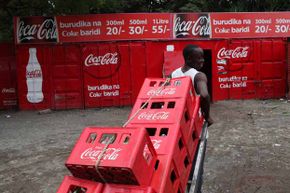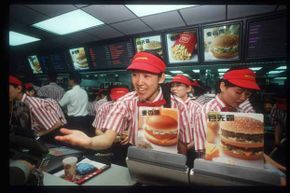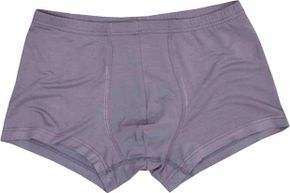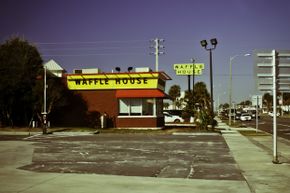If you wanted to get a good idea of the current economic picture in the U.S, you could look at the gross domestic product (GDP) report or the monthly unemployment figures. You could also look at recent sales of men's underwear or Champagne. Economists make a strong argument that we are what we buy. And as strange as it seems, they can make accurate predictions about the economy's future health by looking at certain items we toss in our shopping carts [source: Davidson]. These items could be thought of as economic indicators.
Not all indicators have the same worth. Some are more reliable than others. And some measure other things besides what's going on in the economy. We've assembled a list 10 noteworthy, but odd, metrics, starting with the famously weird connection between lipstick and the stock market.
Advertisement










